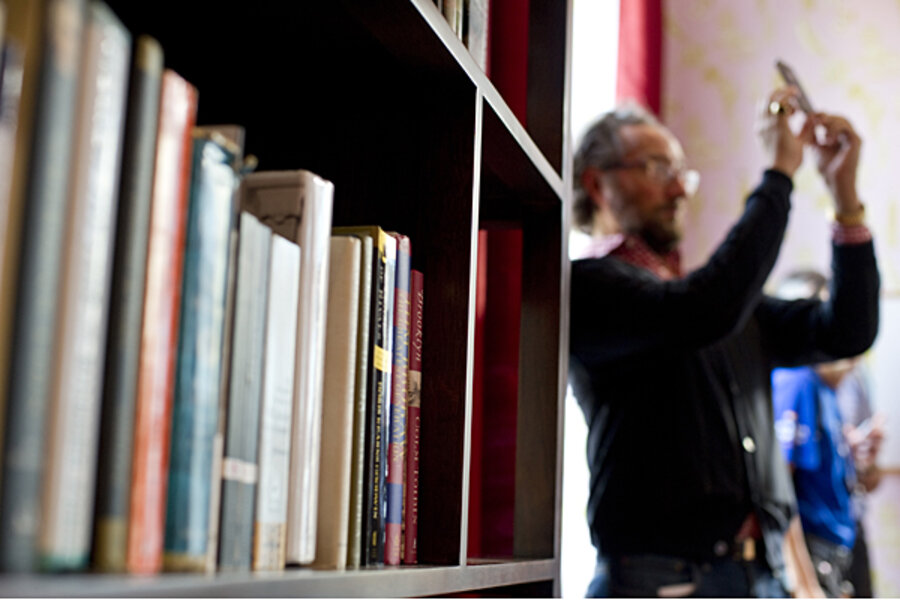Creating a 'to do' shelf
Loading...
Recently, I stripped all of the books off of my bookshelf in our bedroom. My wife and I each have a bookshelf in there, stuffed with books and other miscellany. Many of the books I’ve already read wound up in a box headed to goodwill, with the handful of absolute “must-keeps” and the unread ones set aside for the moment.
Once I’d done that, I spent the next few hours filling the shelf with things left undone.
I put a couple boxes of stationery cards on there. I put several books I’ve always wanted to read on there, along with my Kindle. I put a box of my home electronics gear on there, along with my miniatures paints and brushes and a couple of books on learning acoustic guitar and the harmonica. I put a book on garden planning on there, as well as a few of my favorite solitaire board games. I put a little box of video games on there, too, and many other little things.
The reason for making this shelf is so that whenever I’m tempted to buy something for personal entertainment, I know that I can just go look at that one place for something to do and I’m almost instantly overloaded with options.
Did I really need a physical place for this? Actually, I did.
So often, when I’d think of buying something new for my hobbies or my personal entertainment, I won’t necessarily be reminded of all of the things I already have available to me already. I might think of two or three things, but if those things aren’t immediately exciting me, it’s easy to just blow past that and buy something new.
Instead, now I have one place for a lot of my hobbies.
Even more important, the shelves are situated in a place where I see them every morning and every evening. They become a constant reminder of all of the unfinished projects that I have going on.
The more I see the shelves, the more all of those projects slowly burrow their way deep into my mind, so that when the moment comes where I’m thinking about buying something else, I have many, many more items that pop up in my thought stream telling me that I really don’t need anything else.
A final touch: whenever I’m in one of those “what shall I do today?” moods, all I have to do is walk over to that shelf and there’s a multitude of great ideas that cost me nothing at all.
It’s pretty straightforward to set up a “hobby shelf” like this. Just find a bookshelf in your home, preferably one that your eyes visit on a regular basis, and just fill it with little pieces of each of your hobbies. You don’t have to have all of your knitting supplies there, for example – just enough so that you can get started.
I really enjoy giving my own shelf a nice long glance. It just gets me excited and raring to go for the day, because I want to get all of my tasks done so I can have some time to tackle one of these interests.
Best part? It doesn’t cost an extra penny. It’s all stuff I already own, just waiting for me to put my own time and energy into it.








